Are you ready to tackle a kitchen remodel in a 1930s home with a new sub panel receiving 70 amps of power?
10 months ago
Last Updated: August 28, 2024
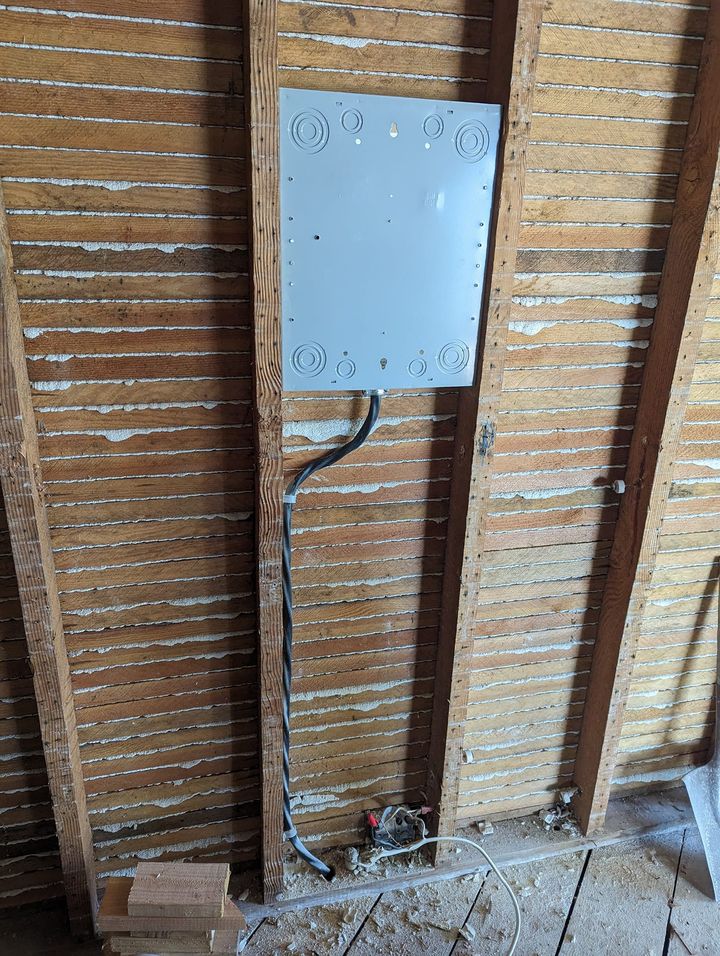
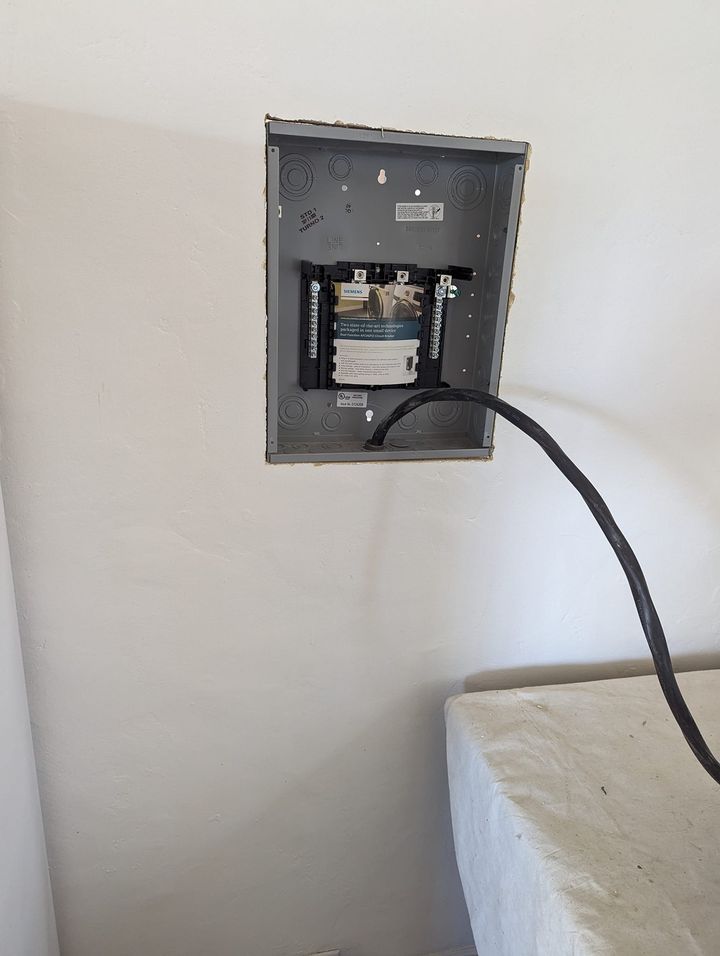
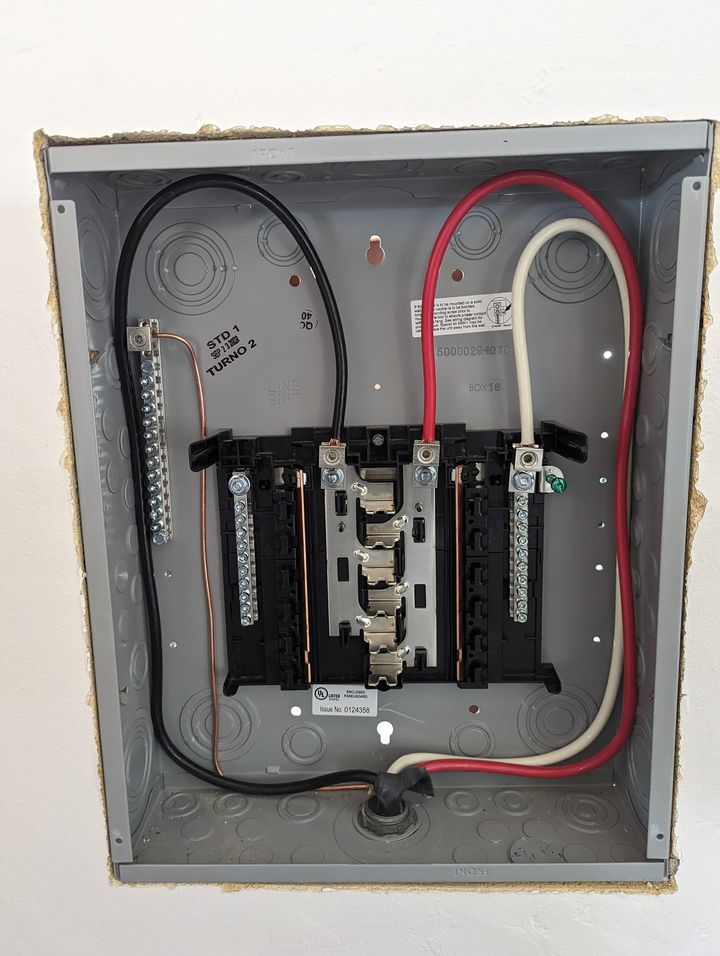
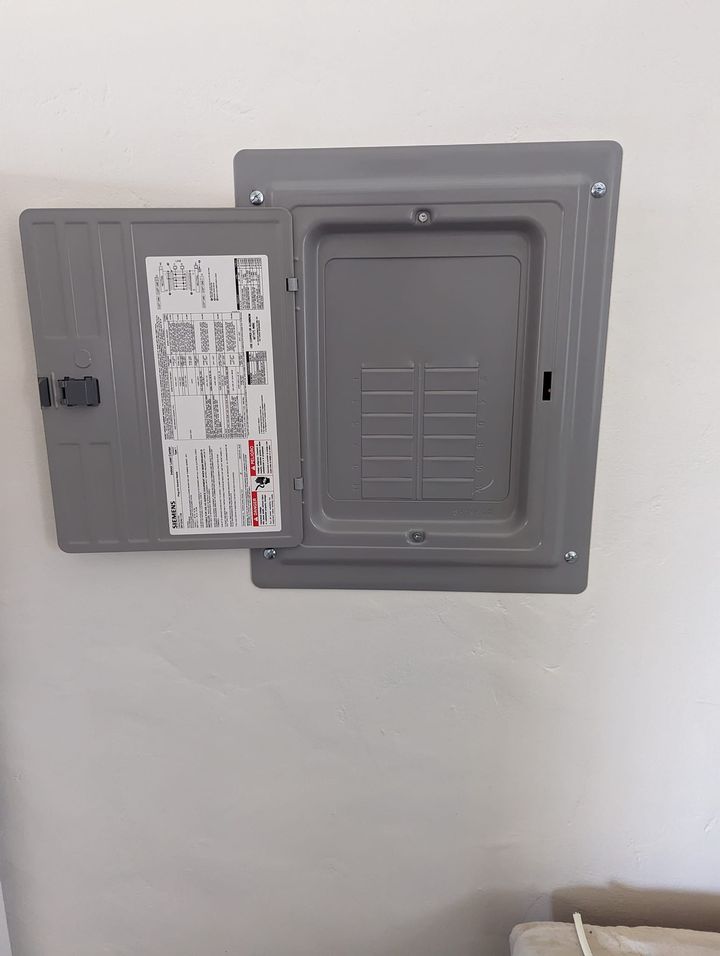
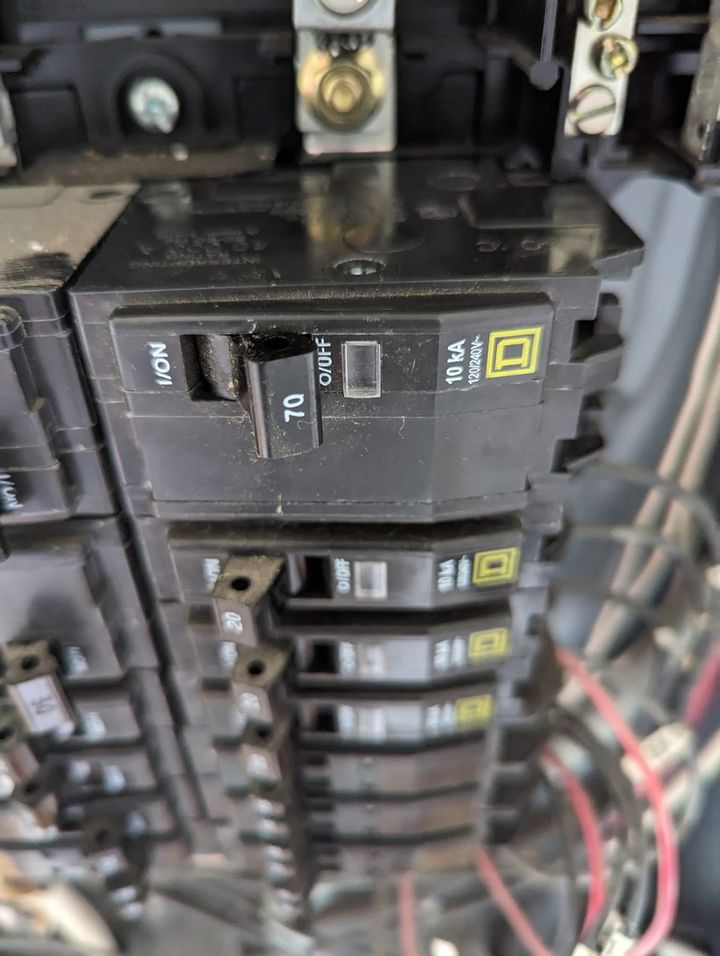
Is that copper wire from a grounding electrode, or is it for equipment grounding?
Why does that even matter? It’s a 4/3 x with a ground wire. All UL listed and up to code. You wouldn’t need a separate ground wire, unless it’s a separate building. And even then, I wouldn’t only run 70 amps. I’d go for 100 amps if it was a different dwelling.
I couldn’t quite make it out, but it seemed like a piece of number 6 was coming in from the bottom
Understood. I always make sure everything is neatly tucked away 🤘😎
Why do you think you wouldn’t need a separate ground wire for a subpanel in the kitchen?
Robert reer just mentioned to you, not in a different building.
I understand that. But can you explain why he doesn’t?
Can you clarify if it’s okay to combine the neutrals and grounds on the same bar instead of running a ground to the kit panel?
Do you know how Robert reer came up with that?
You mentioned it’s a 4/3 romex WITH ROUND WIRE, but also said you wouldn’t need a separate ground unless it’s a separate building. So if a ground wasn’t necessary, why did you run it? Would you have used 4/3 without ground if it was an option?
It’s a subpanel, so it needs to have separate ground and neutral wires. They can’t be combined, even if the panel is in a different building (I believe this rule has been in place since 2008).
If you have a subpanel, remember to keep the ground and neutral separate.
I’m pretty confident that we’ve already achieved that here, .
Hey , make sure to take a closer look at the panel before commenting. While there is a bonding screw in place, it’s not tightened down or bonded properly to the ground.
Hey , constructive criticism is always welcome in this group. Let’s keep the negative vibes out and focus on helping each other grow in this trade. Remember, iron sharpens iron.
The bonding screw isn’t securely fastened
I understand how you reached that conclusion. The installer should remove the green bonding screw. There is a yellow paper tag on the screw that explains when to keep it and when to remove it
Remove it without any hesitation 🤷♂️
Take out the bonding screw please
It’s just placed there without any bond
Remove it so that some clueless person in the future doesn’t tighten it. Most inspectors will ask you to remove it
Still remove it but make sure to leave it in the panel. ‘t leave anything to question
I would’ve stuck with the identical brand for the whole house
😂
Just working with what the client purchased. Just assisting the contractor. They provided all the materials.
I see you don’t have enough room in the front
Yes I do . It’s a foodie table to lay out the plans on 🤦.
Managed to cut into the plaster pretty well, that stuff can be tricky and crumble easily if you’re not careful
Absolutely right. Thanks for the kind words. You can always tell when someone speaks from experience. 🤘😎
Are we talking about 8/3 or 6/3 here?
Your package is on its way!
That panel shouldn’t be rated for 70 amps. It should max out at 55 amps with a 60 amp breaker. For x in a dwelling, the standard ampacity is 60c 55amp. The next size up breaker is 60a.
FAILED.
Siemens panel won’t work with square d QO breakers. More misleading information. ood attempt
Malewicz Jr., he’s actually showing the feed breaker in his main panel.
Hey Larry Collier Jr., I realized my mistake after. My bad.
Oops, that’s actually the main panel. My mistake!
There isn’t enough ampacity or space for a modern kitchen. You’ll need to revisit and make adjustments.
Do we have AFCI protection in place?